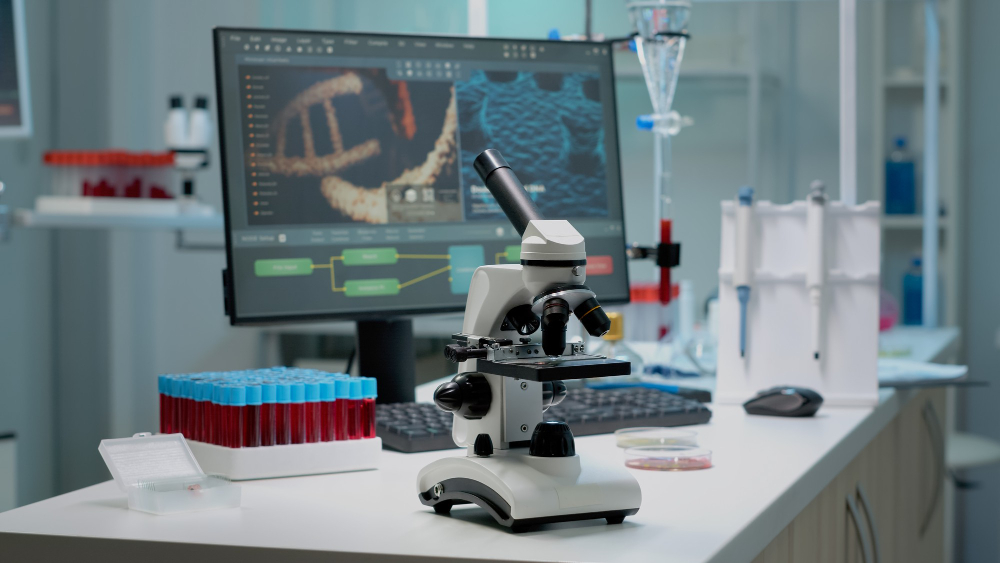There are four key players in the sale of medical devices (MDs) outside the European Union (EU): the manufacturer, authorized representative, importer, and medical device distributor. Non-EU manufacturers create the devices and partner with representatives to do business within the EU. The importer is responsible for placing products into the EU, while the distributor makes them available on the market.
The MDR/IVDR states that a non-EU manufacturer needs to designate an importer according to Article 13 when placing products in the European Union.
Importer and Distributor: Roles and Responsibilities
The Medical Devices Regulation (MDR) and In Vitro Diagnostic Medical Devices Regulation (IVDR) clearly outline the obligations of economic operators. The importer and distributor handle the final elements of the supply chain.
Importer Obligations
The importer, defined as the natural or legal person established within the EU that places medical devices from a non-EU country to the EU market, ensures that all MDs and IVDs have passed industry and EU standards. All devices should have CE marking, which declares conformity with the EU environmental, health, and safety requirements.
If applicable, the importer must also ensure that all devices have unique device identifiers (UDI) for traceability and transparency. Devices should also be appropriately labeled.
If the importer finds that a device is not compliant with Regulations, they should not put it on the EU market. MDR Article 13 enumerates the general obligations of importers in the distribution of medical devices on the EU market.
Distributor Obligations
The distributor is the entity in the supply chain—other than the manufacturer or importer—that makes a device available on the EU market. Examples of distributors are individual shops, pharmacies, and retailers.
The distributor also must ensure that all devices on the market comply with Regulations. They do this through representative sampling.
Further, the distributor verifies that devices have CE marking and an EU Declaration of Conformity, which are affirmations of compliance with Regulations. They must also confirm that the device’s instructions are in the official language of the EU country where it will be sold.
Distributors must monitor customer complaints, recalls, and withdrawals of MDs and IVDs. A further overview of the general obligations of distributors are listed here under Article 14 MDR/IVDR
When the Importer Is Also the Distributor

Importers and distributors should preferably be separate entities to ensure proper delineation of tasks and obligations. Even if some of their responsibilities intersect, more checkpoints are crucial to verify compliance every step of the way.
However, there are cases when distributors directly obtain MDs and IVDs from manufacturers outside the EU. When this happens, the distributor will take on the importer role, bringing the products from the manufacturing country to the EU territory.
Distributor as importer risk considerations
If a distributor becomes the importer, they will be jointly liable with the manufacturer for placing the products on the market. They fulfill two of the economic operator roles, thus increasing compliance risks. Moreover, the distributor’s main function is to sell and market the goods. With the importer role, they will take on additional responsibilities and set up new processes that will take focus and resources away from marketing the products.
It also will create more dependency on the distributor while giving the distributor more control of the market and the supply chain. This decision will make a discontinuation of a distribution agreement or change of channel strategy more complicated.
What if there are multiple distributors?
Risks of Multiple Distributors
There is no limit to how many importers or distributors a non-EU manufacturer can name as long as they are not all handling a single device. However, there are risks involved.
Traceability Issues
Tracking MDs and IVDs will become complicated because multiple entities are involved in the supply chain. If there are multiple importers, there will also be multiple labels, which could convolute post-market surveillance.
Complicated Supply Chain Monitoring
The manufacturer and its authorized representative share liability for any quality issues raised against the devices. However, the problem may arise during storage and transportation, which are the responsibilities of the importer and distributor services, depending on the timeline. Either way, compliance risks will increase when too many importers and distributors are involved.
Channel Conflicts
Not all distributors think alike. When one distributor wants to be an importer but the other doesn’t, there will be channel conflicts in the market. It is the importer’s trade name that goes on the label of the product.
Ultimately, the manufacturer will be responsible. And if one of the importers is not compliant, it will harm the manufacturer’s reputation and create sales disruptions. It is therefore in the interest of manufacturers to select the most efficient and effective importing structure, preferably with one specialized importer.
Importance of Traceability
Monitoring MDs and IVDs within the EU doesn’t end when users purchase a product. There is post-market surveillance to ensure that devices are working as they should. When there are too many economic operators involved, traceability may be affected.
When fully operational, the European database for medical devices or EUDAMED aims to harmonize all this data seamlessly. In the meantime, limiting the parties involved in the supply chain will ensure maximum accuracy and efficient traceability.
Risk assessment
GrowthImports can help with assessing the risks of your current importer and distributor chain or feel free to read our whitepaper Distributor and importer incompliance risk.




